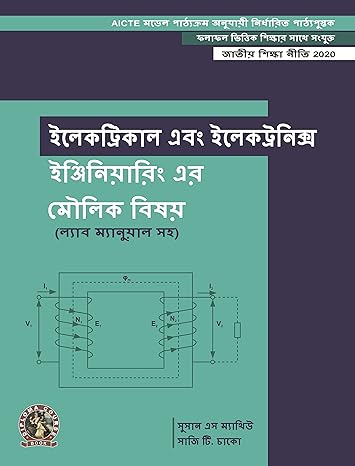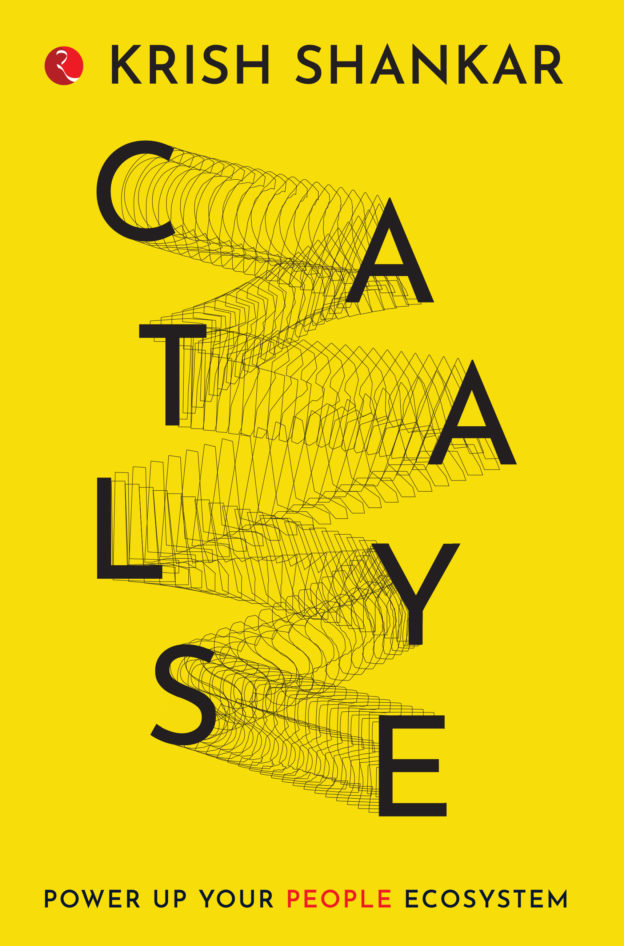Fundamentals of Electricals & Electronics Engineering (with Lab Manual) (Bengali)
Susan S. Mathew, Saji T. Chacko
“Fundamentals of Electrical & Electronics Engineering” is a compulsory paper for the first year Diploma course in Engineering & Technology Syllabus of this book is strictly aligned as per model curriculum of AICTE, and academic content is amalgamated with the concept of outcome based education.
Books covers six topics- Overview of Electronics Components and Signals. Overview of Analog Circuits. Overview of Digital Electronics, Electric and magnetic Circuits, A.C. Circuits and Transformer and Machines. Each topic is written is easy and lucid manner. A set of exercises at the end of each units to test the student’s comprehension is provided.
Some salient features of the book:
Content of the book aligned with the mapping of Course Outcomes, Programs Outcomes and Unit Outcomes.
The practical applications of the topics are discussed along with micro projects and activities for generating further curiosity as well as improving problem solving capacity.
Book provides lots of vital facts, concepts, principles and other interesting information.
QR Codes of video resources and websites to enhance use of ICT for relevant supportive knowledge have been provided.
Student and teacher centric course materials included in book in balanced manner.
Figures, tables, equations and comparative charts are inserted to improve clarity of the topics.
Objective questions and subjective questions are given for practices of students at the end of each unit.
Solved and unsolved problems including numerical examples are solved with systematic steps.
... Read more Read less










